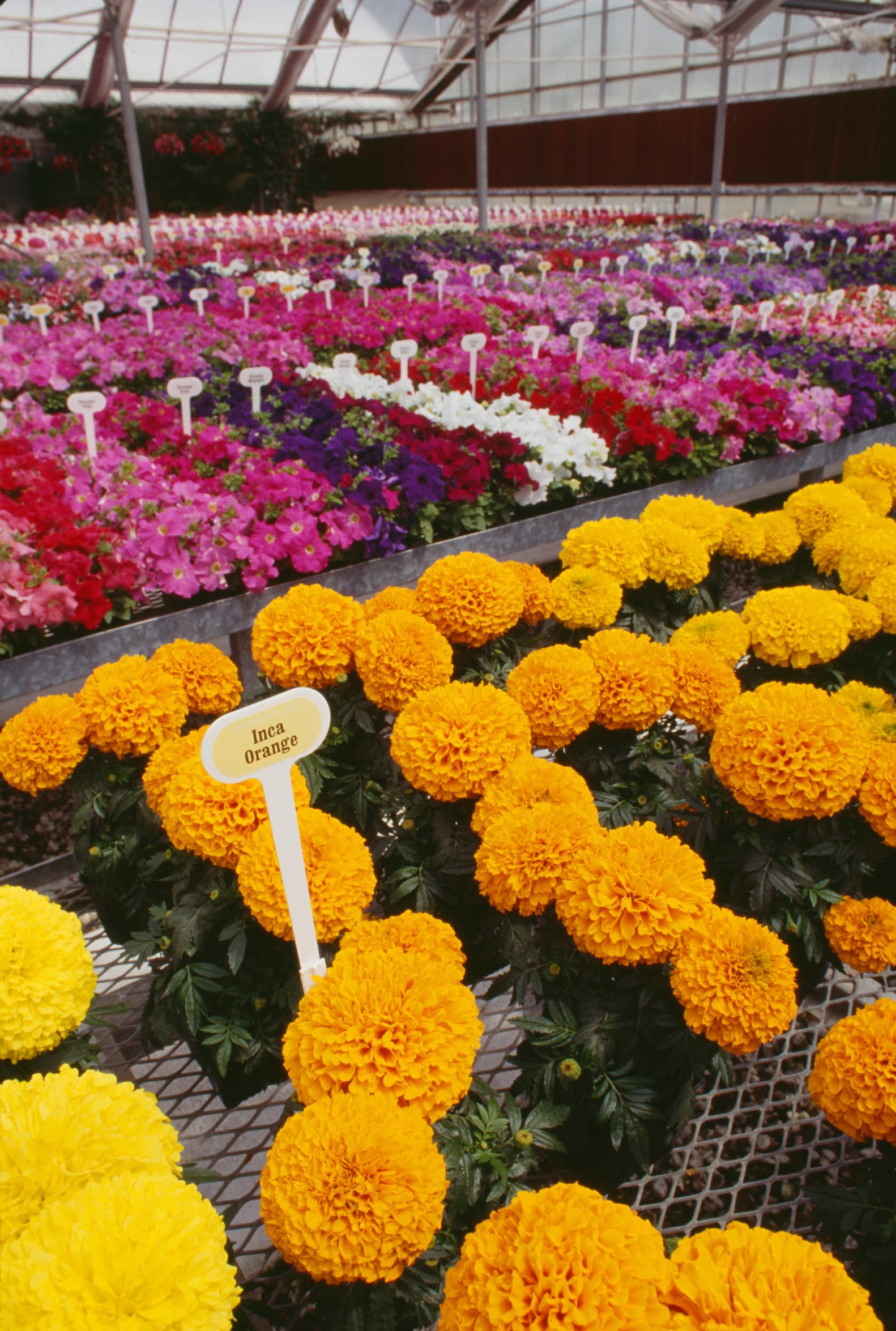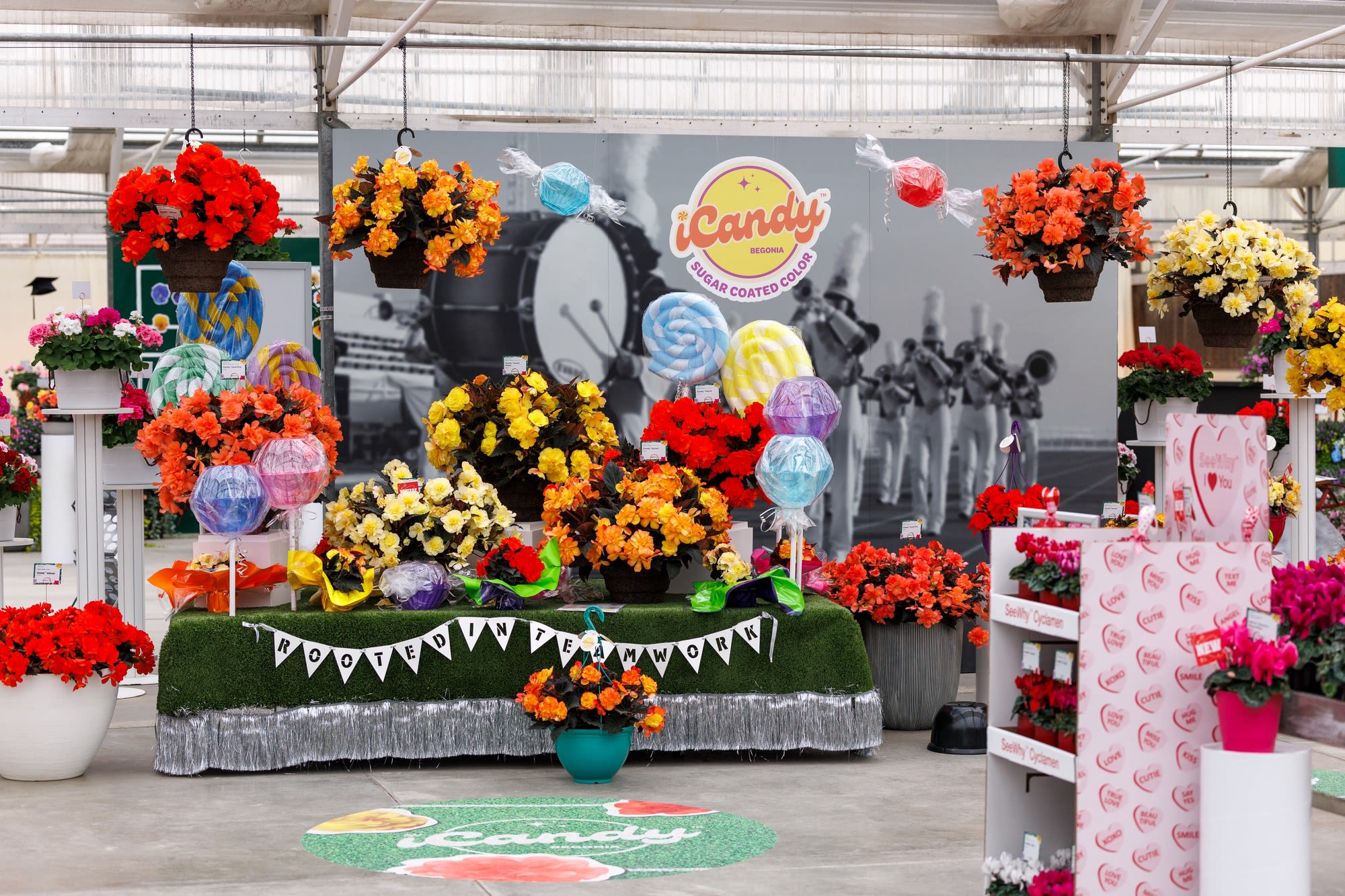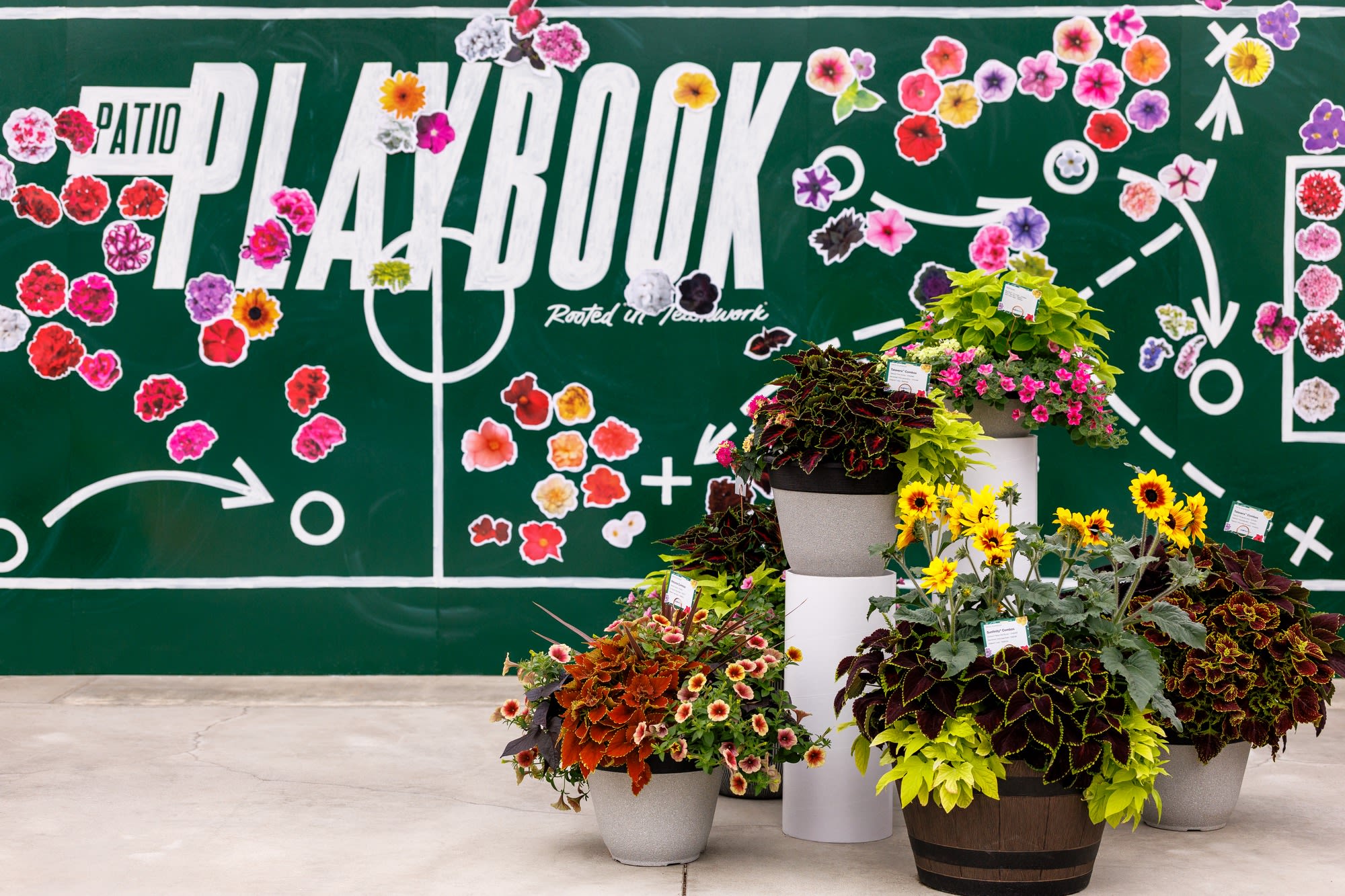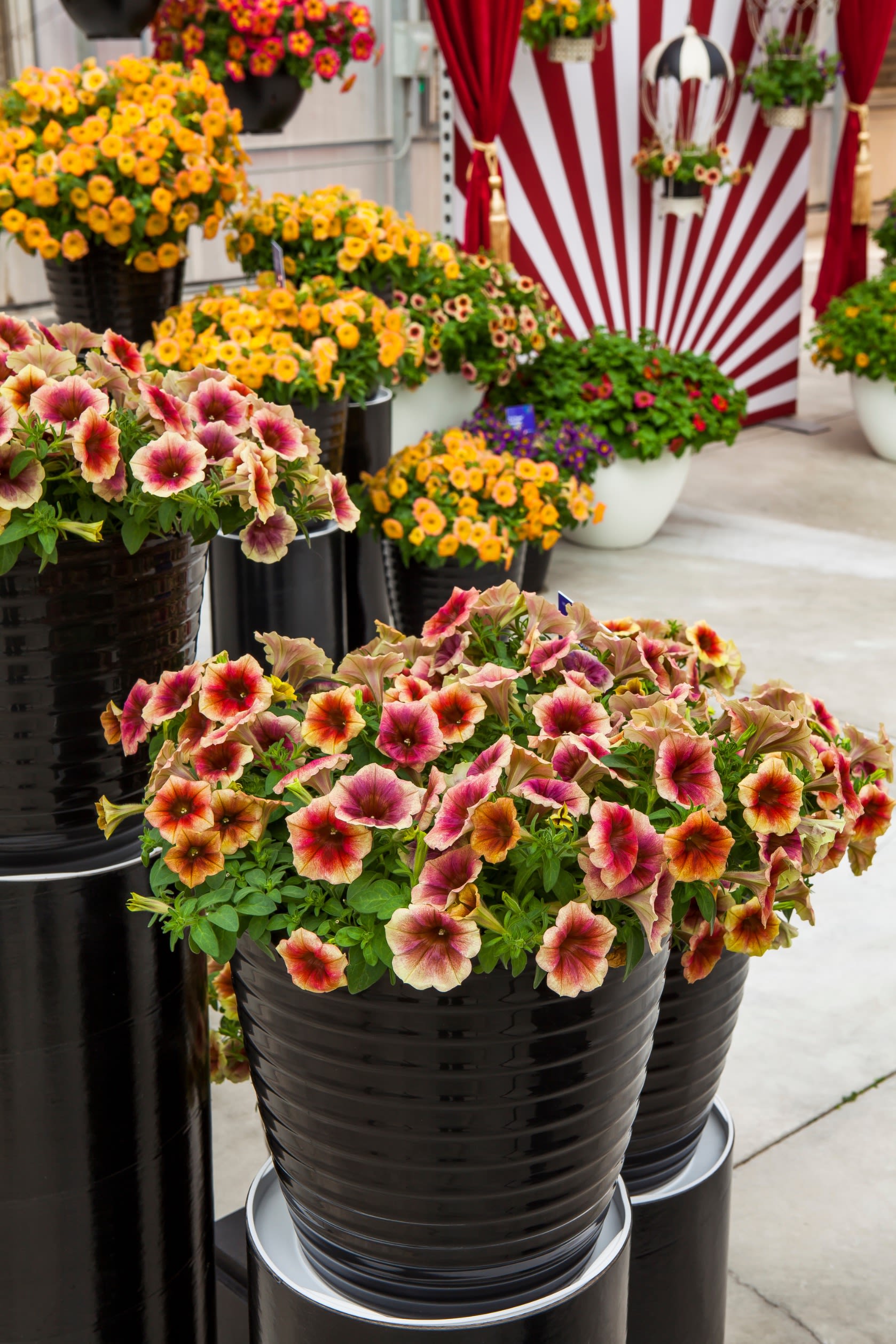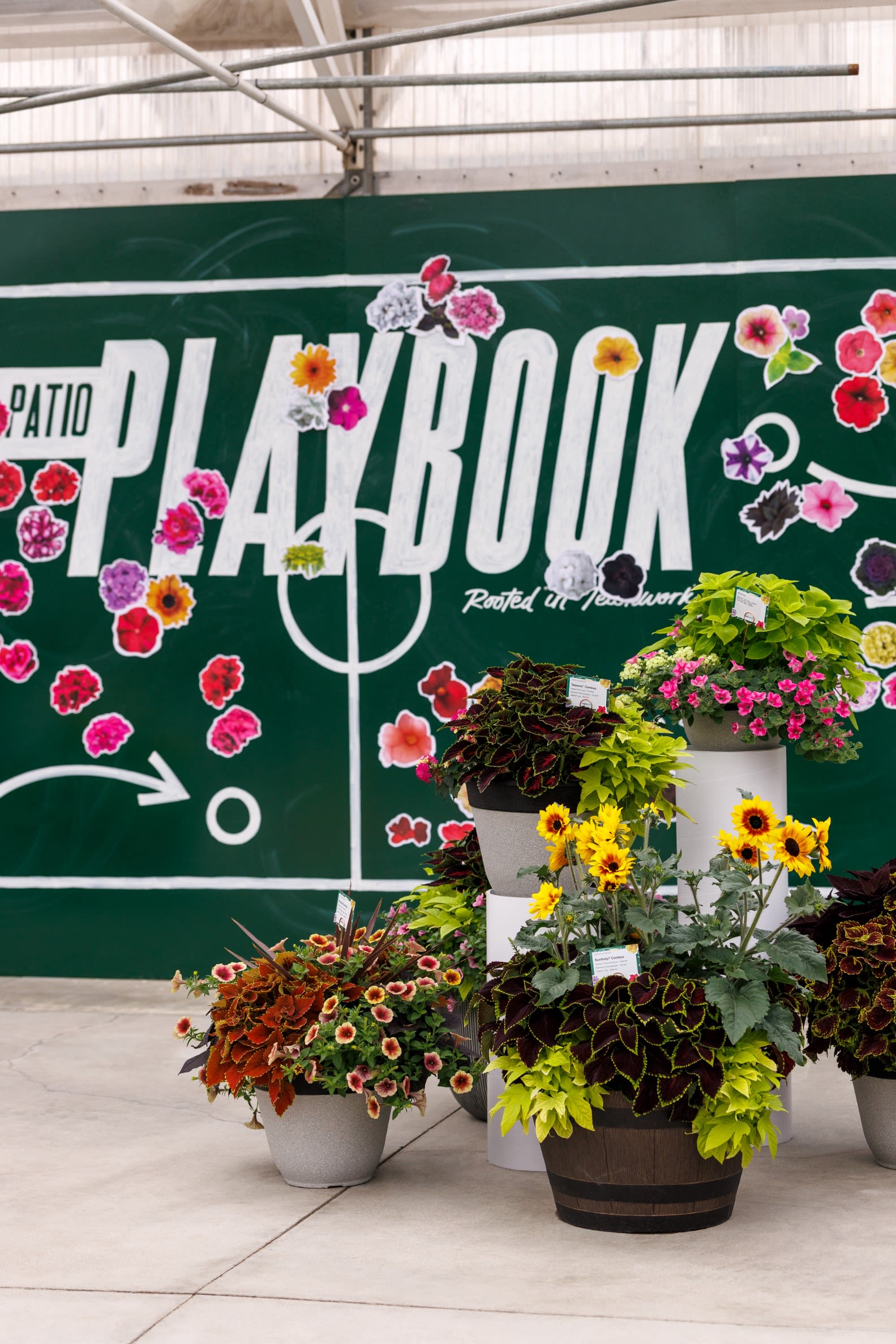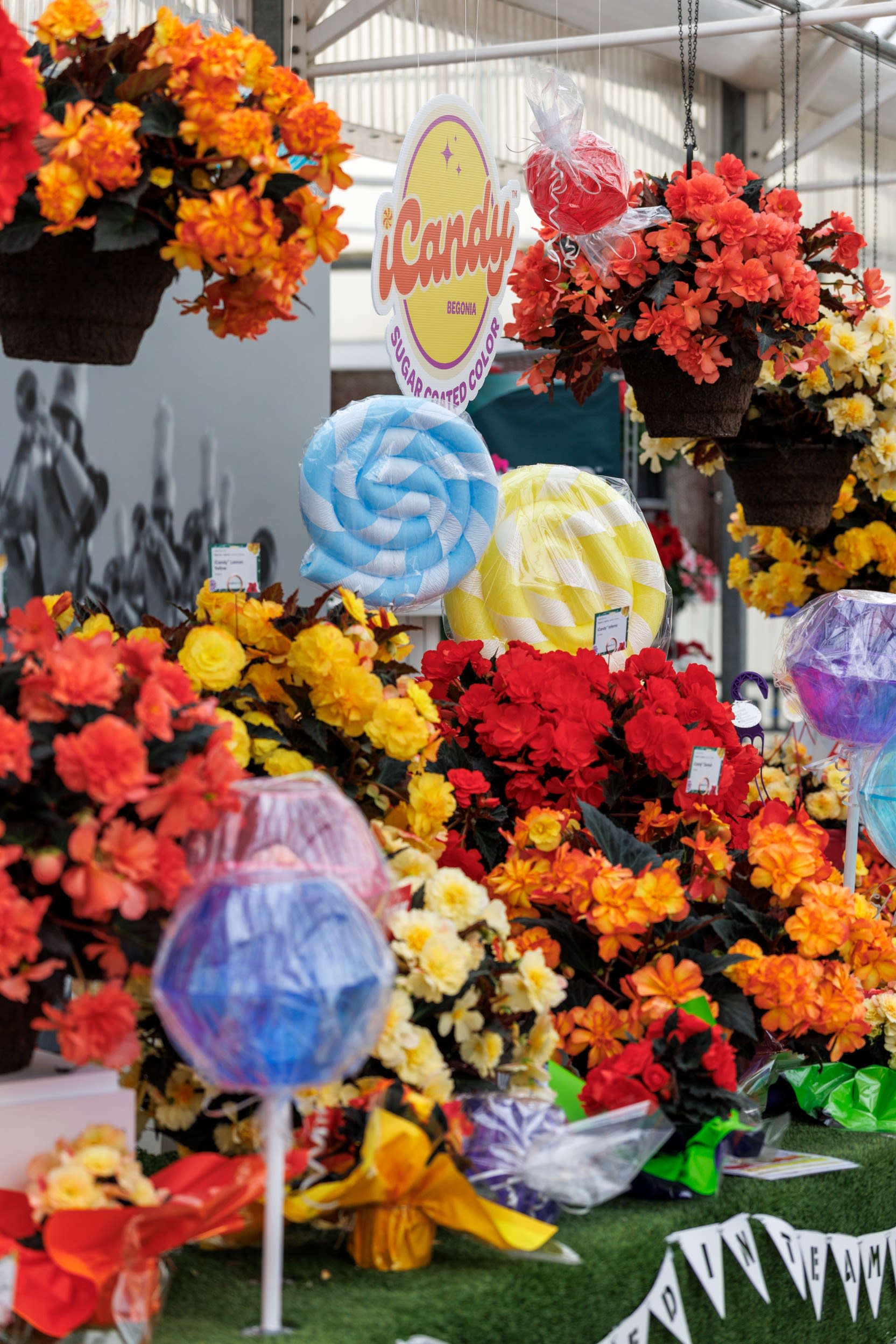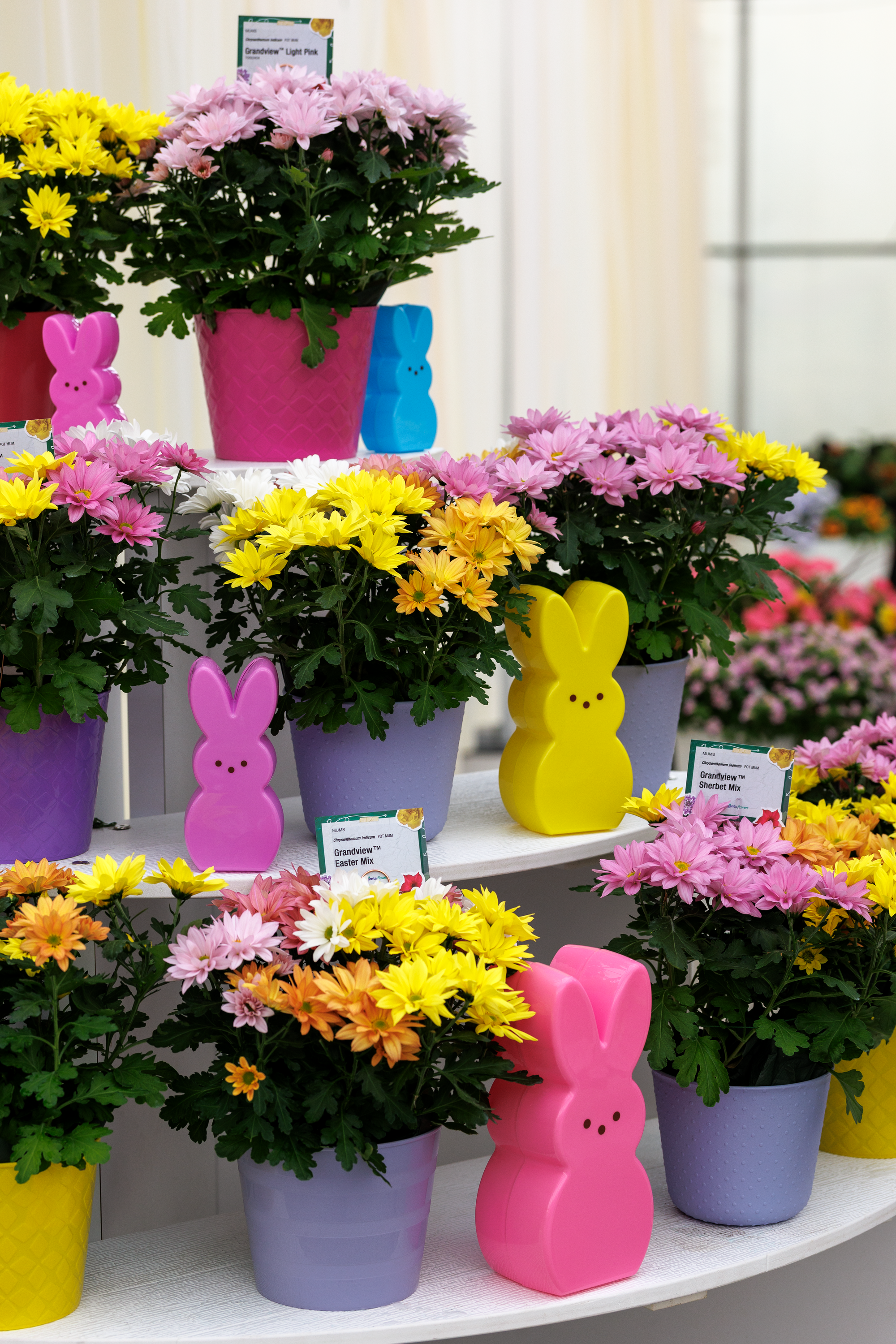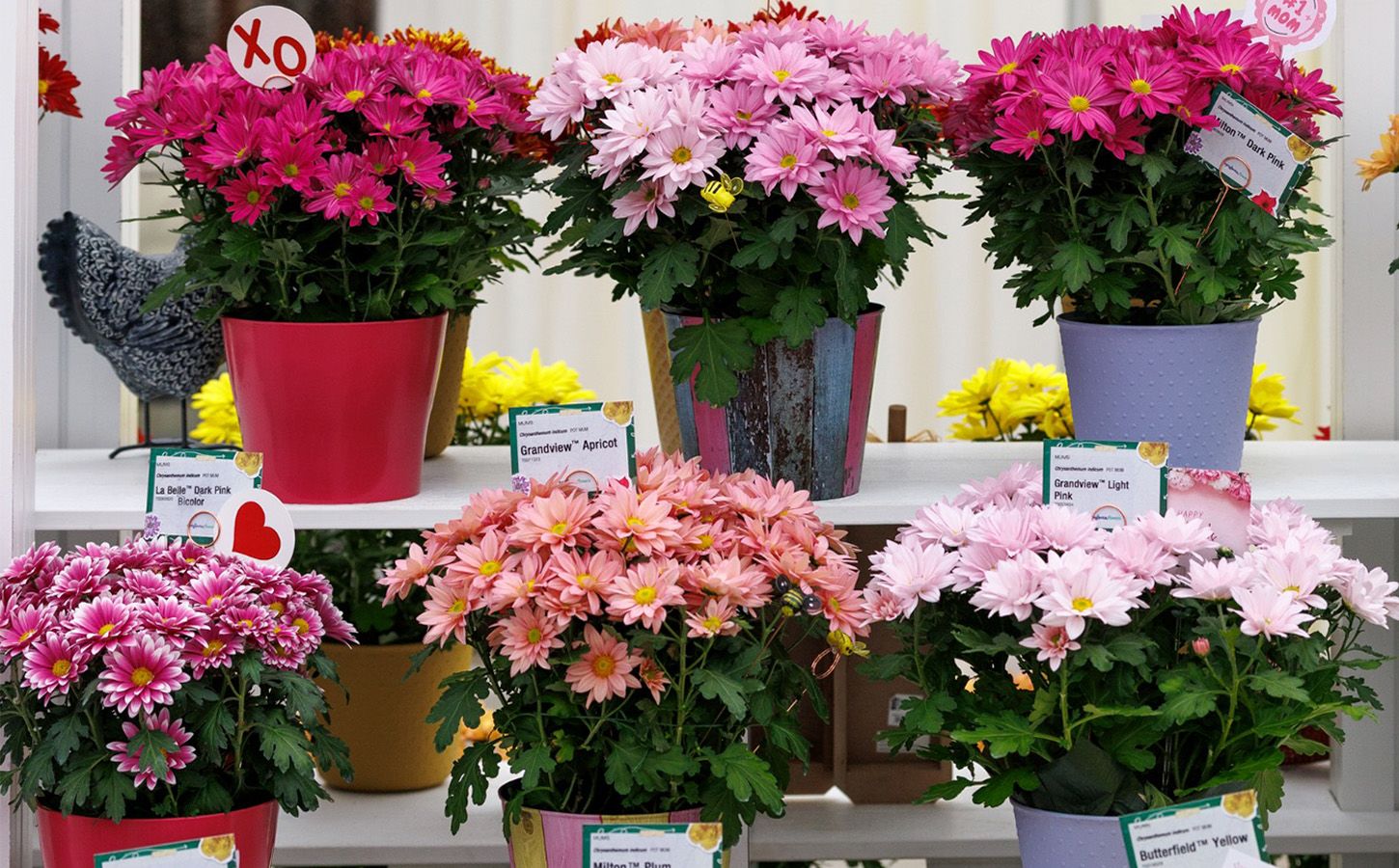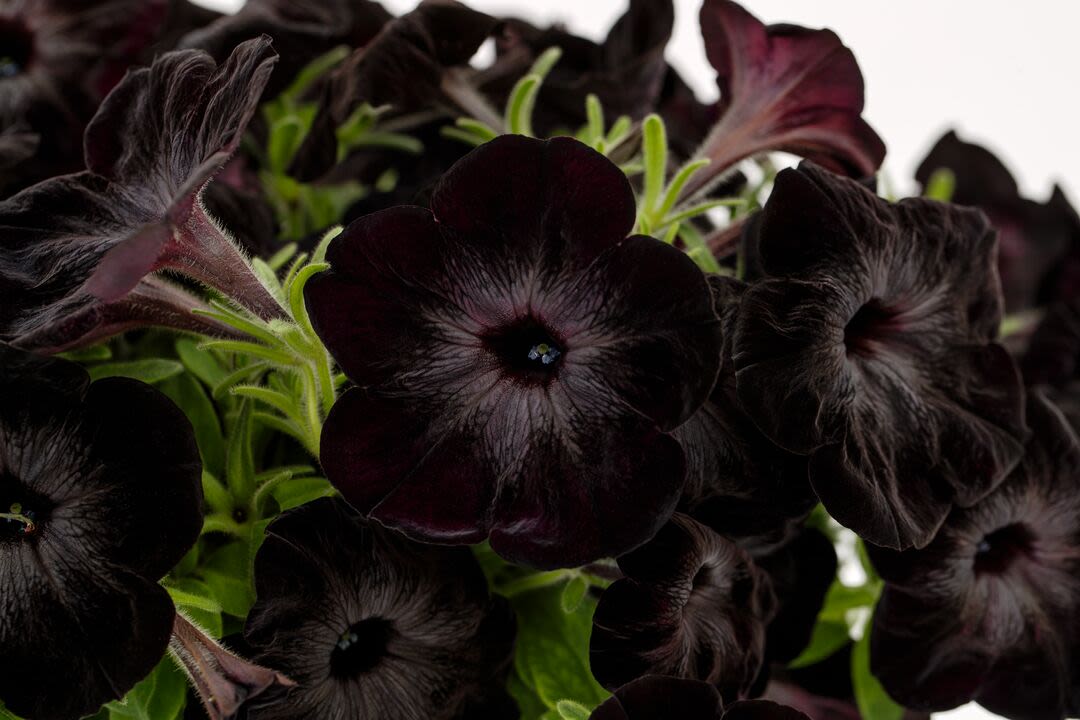The flower industry's new blooms
Adapting to meet changing market demands
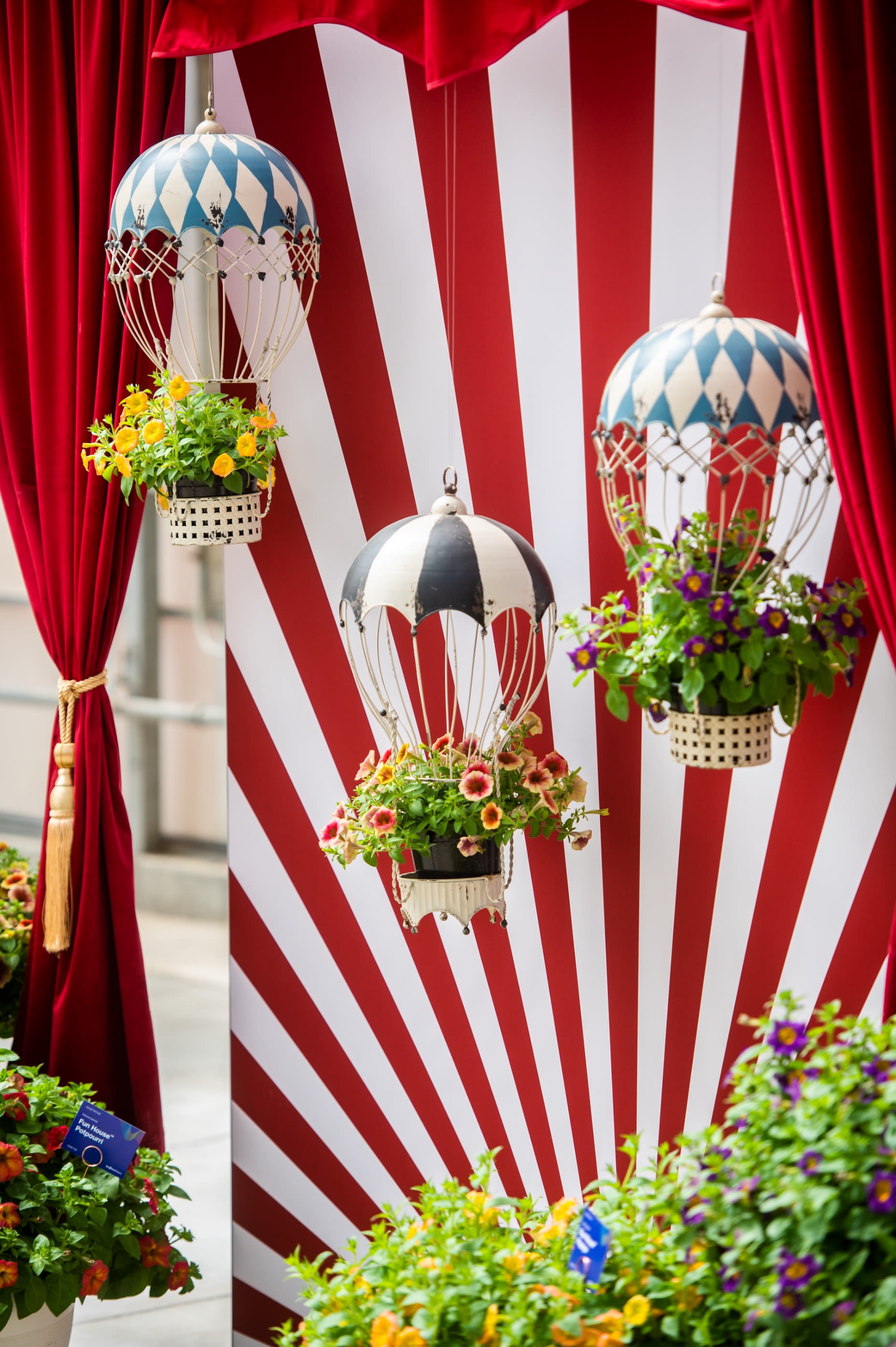
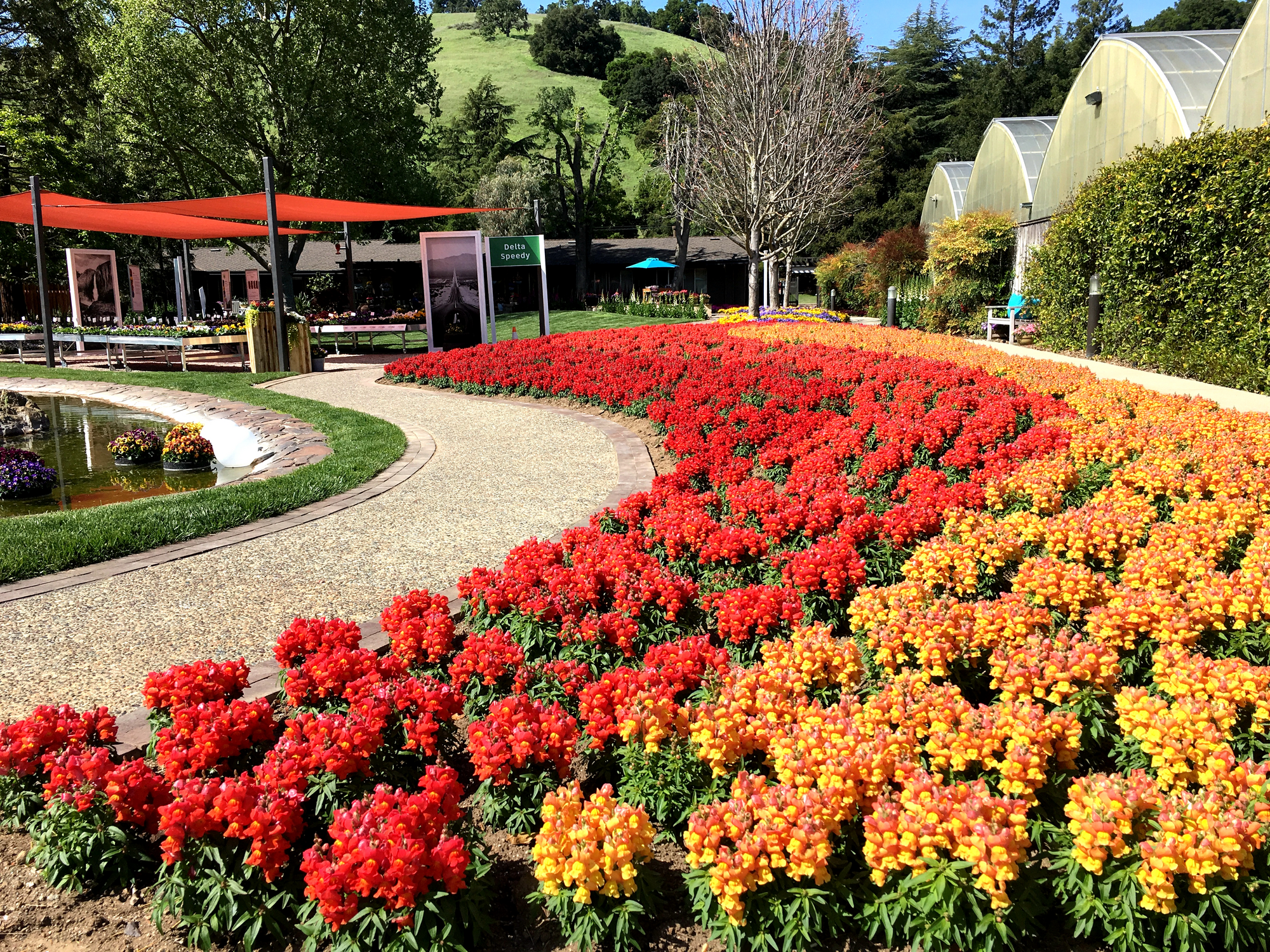
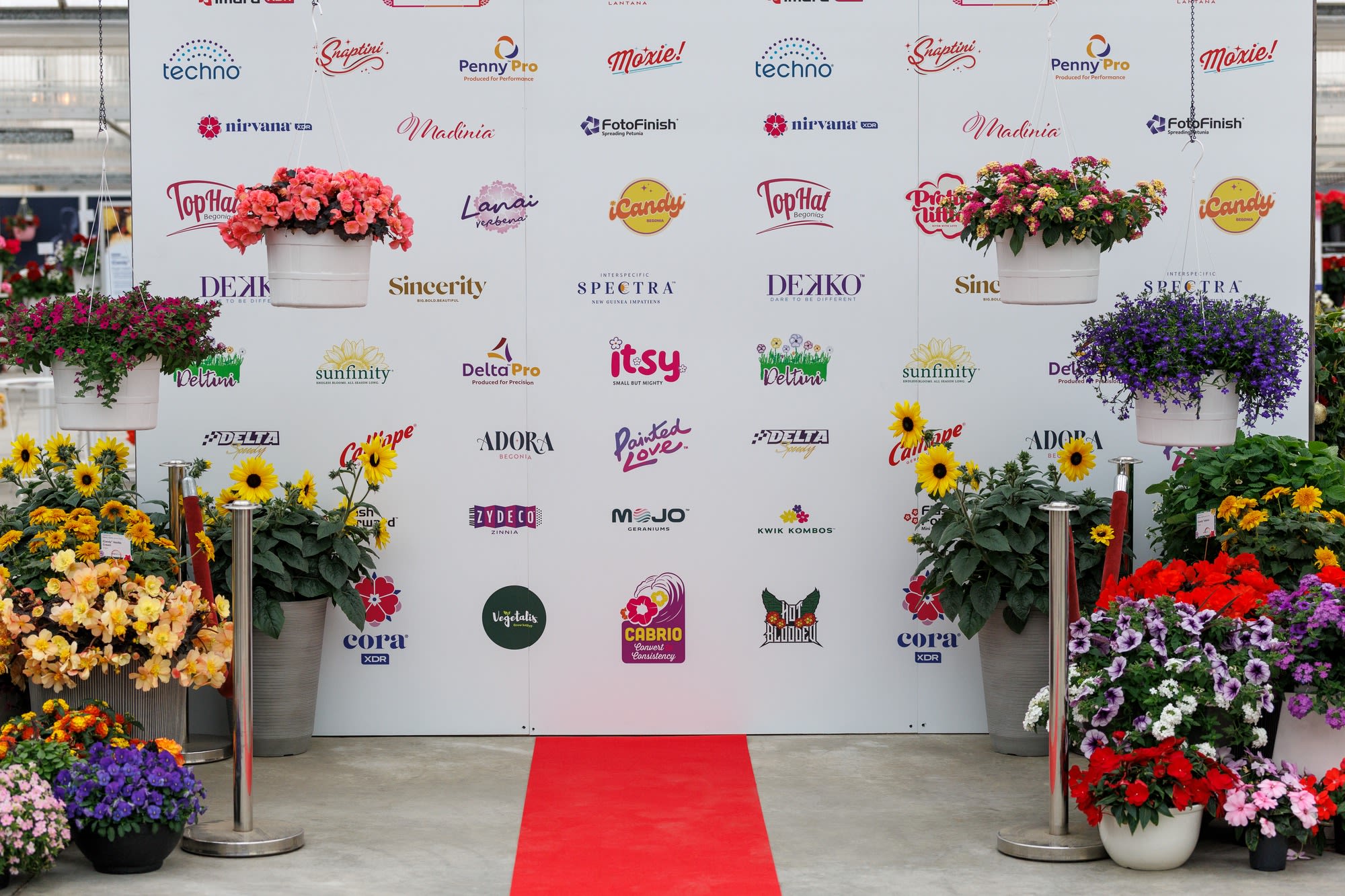
The morning sun streams through the glass walls of a sprawling greenhouse in Gilroy, California, illuminating displays of vibrant petunias, begonias, and geraniums. This was the scene at the California Spring Trials (CAST) in March, an annual event that has become the floriculture industry's most closely watched gathering.
What began in 1967 as modest ‘Pack Trials’ at Goldsmith Seeds has evolved into an event industry insiders now call the "fashion week for flowers". And the Syngenta Flowers facility in Gilroy, which still occupies the site where it all began, finds itself at the center of significant changes reshaping the $55.2 billion global floriculture market.
Trials to innovation
The evolution of CAST mirrors the industry's broader shift in approach to flower breeding and marketing. Glenn Goldsmith, who founded Goldsmith Seeds in 1962, originally invited customers to see plant comparisons in small containers (hence ‘Pack Trials’). The focus was purely technical: which varieties germinated better, resisted disease, or produced more blooms faster.
"When I started going in the early 2000s, the breeders would do side-by-side trials," recalls Denise Mullins, Director of Product Innovation at Smith Gardens, a major grower that supplies box retailers like Home Depot and Lowe's. "Now it has evolved to include more of a showcase approach while maintaining the technical evaluations."
This year's CAST featured elaborate displays that recreated retail environments, with plants staged in designed settings that showed consumers how they might use flowers in their homes and gardens. But beneath the visual sophistication lies increasingly complex breeding science.
Mike Murgiano, Global Strategic Portfolio Manager at Syngenta Flowers, explains the dual challenge: "You have to get that product through the grower and distribution channel. So, it's breeding for what drives our breeders—the beauty and uniqueness—but then it comes down to: does it germinate, can you take a cutting of it, can you grow it in the right amount of time?"
Glenn Goldsmith, who founded Goldsmith Seeds in 1962, originally invited customers to see plant comparisons in small containers.
Glenn Goldsmith, who founded Goldsmith Seeds in 1962, originally invited customers to see plant comparisons in small containers.
This year, Syngenta is celebrating its 25th anniversary. Check out more of our stories about innovation.
This year, Syngenta is celebrating its 25th anniversary. Check out more of our stories about innovation.
Trials to innovation
The evolution of CAST mirrors the industry's broader shift in approach to flower breeding and marketing. Glenn Goldsmith, who founded Goldsmith Seeds in 1962, originally invited customers to see plant comparisons in small containers (hence ‘Pack Trials’). The focus was purely technical: which varieties germinated better, resisted disease, or produced more blooms faster.
"When I started going in the early 2000s, the breeders would do side-by-side trials," recalls Denise Mullins, Director of Product Innovation at Smith Gardens, a major grower that supplies box retailers like Home Depot and Lowe's. "Now it has evolved to include more of a showcase approach while maintaining the technical evaluations."
This year's CAST featured elaborate displays that recreated retail environments, with plants staged in designed settings that showed consumers how they might use flowers in their homes and gardens. But beneath the visual sophistication lies increasingly complex breeding science.
Mike Murgiano, Global Strategic Portfolio Manager at Syngenta Flowers, explains the dual challenge: "You have to get that product through the grower and distribution channel. So, it's breeding for what drives our breeders—the beauty and uniqueness—but then it comes down to: does it germinate, can you take a cutting of it, can you grow it in the right amount of time?"
Glenn Goldsmith, who founded Goldsmith Seeds in 1962, originally invited customers to see plant comparisons in small containers.
Glenn Goldsmith, who founded Goldsmith Seeds in 1962, originally invited customers to see plant comparisons in small containers.
This year, Syngenta is celebrating its 25th anniversary.
This year, Syngenta is celebrating its 25th anniversary.
Balancing act
This complexity defines modern flower breeding at Syngenta. Varieties must satisfy commercial growers who need consistent germination and predictable flowering times, while also thriving for home gardeners with varying experience levels and diverse growing conditions.
"What drives us is a passion for our customers and home gardeners," says Dr. Alicain Carlson, Head of Marketing, Americas, at Syngenta Flowers. "We want to make things easy for growers to be profitable, but that also means our genetics have to be easy enough for home gardeners to be successful with them too."
The company's Sunfinity sunflower exemplifies this approach. Unlike traditional sunflowers that consumers remember planting "in kindergarten," as Murgiano puts it, Sunfinity is bred for continuous blooming and container performance—addressing both nostalgia and practical requirements of modern gardening.
Sunfinity Double Yellow display at this year's CAST event.
Sunfinity Double Yellow display at this year's CAST event.
Syngenta's XDR (Xtreme Disease Resistance) program demonstrates another layer of complexity. While disease resistance offers clear benefits to both growers and consumers, communicating this advantage requires careful messaging. "If you say it's disease resistant, the home gardener's like, 'Wait, it could get a disease?'" Carlson explains. Consumer materials instead emphasize “strength in the garden” or “resilience.”
Syngenta's Grandview Pot Easter display in pastels shine as part of the seasonal container exhibit.
Syngenta's Grandview Pot Easter display in pastels shine as part of the seasonal container exhibit.
New conditions
Climate change has emerged as an important factor in breeding decisions, leading companies to balance traditional performance metrics with environmental resilience. "It's definitely something I think about," says Mullins, who trials varieties across Washington state's diverse microclimates. "We're wet and dark on the west side of the mountains, but the east side is very dry, very hot, and they deal with more wildfire situations."
Research shows that rising temperatures accelerate flowering in many species but can also lead to heat stress and flower drop in sensitive crops. For Syngenta, this means developing varieties like the drought-tolerant Madinia Dipladenia series that aims to withstand irregular watering while maintaining visual appeal.
Simultaneously, consumer preferences have shifted toward smaller-space gardening driven by urbanization. "The container trend is probably the biggest one," Murgiano says. "We've moved from lots of seeds that went into big garden plantings to what goes on my patio or my balcony or my front step."
At this year's CAST, Syngenta showcased varieties specifically developed for container performance, including holiday-themed displays that demonstrated how flowers serve seasonal decorating needs—from bright pinks and reds for Valentine's Day and Mother's Day to soft pastels for Easter.
At this year's CAST, Syngenta showcased varieties specifically developed for container performance.
At this year's CAST, Syngenta showcased varieties specifically developed for container performance.
New conditions
Climate change has emerged as an important factor in breeding decisions, leading companies to balance traditional performance metrics with environmental resilience. "It's definitely something I think about," says Mullins, who trials varieties across Washington state's diverse microclimates. "We're wet and dark on the west side of the mountains, but the east side is very dry, very hot, and they deal with more wildfire situations."
Research shows that rising temperatures accelerate flowering in many species but can also lead to heat stress and flower drop in sensitive crops. For Syngenta, this means developing varieties like the drought-tolerant Madinia Dipladenia series that aims to withstand irregular watering while maintaining visual appeal.
Simultaneously, consumer preferences have shifted toward smaller-space gardening driven by urbanization. "The container trend is probably the biggest one," Murgiano says. "We've moved from lots of seeds that went into big garden plantings to what goes on my patio or my balcony or my front step."
At this year's CAST, Syngenta showcased varieties specifically developed for container performance, including holiday-themed displays that demonstrated how flowers serve seasonal decorating needs— from bright pinks and reds for Valentine's Day and Mother's Day to soft pastels for Easter.
Digital natives and retail
The COVID-19 pandemic brought an estimated 18 million new gardeners to the hobby, according to industry surveys. While not all continued at the same level, the demographic shift toward digitally native consumers is likely permanent.
"This next generation prefers more digital options for learning," Carlson says. "They want to watch videos; they want digital access to our catalogues and technical support." During the pandemic, Syngenta launched 'webCAST', becoming the first company to offer a digital platform for CAST that now complements physical attendance at the event.
Yet retail realities create constraints that affect which innovations reach consumers. Companies like Smith Gardens, which supply major box retailers, face different challenges than those serving independent garden centers. "There's a lot of conversation around black petunias," Mullins notes. "We love the color black. However, it does not sell in the box stores" due to lighting and display limitations.
Unusual varieties, such as Syngenta's Fun House™ Black Widow Petunia, can capture consumers' attention, but are challenging for box retailers to sell.
Unusual varieties, such as Syngenta's Fun House™ Black Widow Petunia, can capture consumers' attention, but are challenging for box retailers to sell.
Seasonal color preferences remain surprisingly consistent despite demographic changes. "We sell a lot of reds, whites, and blues for Memorial Day sales," Murgiano says. "Yellows and oranges in the fall. We keep hoping we come up with some really cool color that will change that pattern, but it still keeps going."
Science behind success
Syngenta's approach to these challenges relies on data-driven development. "We lean heavily into providing technical data and using data to back up our marketing messages," Carlson says. "Because inherently our industry is very scientific, it is very technical."
The company conducts extensive trials to demonstrate incremental improvements—faster flowering, larger blooms, or enhanced garden performance. This data becomes crucial for professional growers who need quantifiable differences to justify variety changes.
Development timelines underscore the strategic challenge. For example, the Calliope geranium series exemplifies both potential and difficulty: it took 14 years of breeding for the Calliope Deep Red variety to come to market. The variety represents a cross between a zonal geranium and an ivy geranium.
"Many people may not know that it can take years and years to bring products to market. In the breeding realm it's trialing, its creativity, its science, but it's also just patience and time,” says Diane Blazek, Executive Director at All-America Selections and National Garden Bureau, organizations that test and promote new plant varieties to consumers.
These long development cycles make trend-chasing risky in an industry where consumer preferences can shift faster than breeding programs can adapt. Yet they also create competitive advantages for companies with the resources and commitment to sustain long-term research programs.
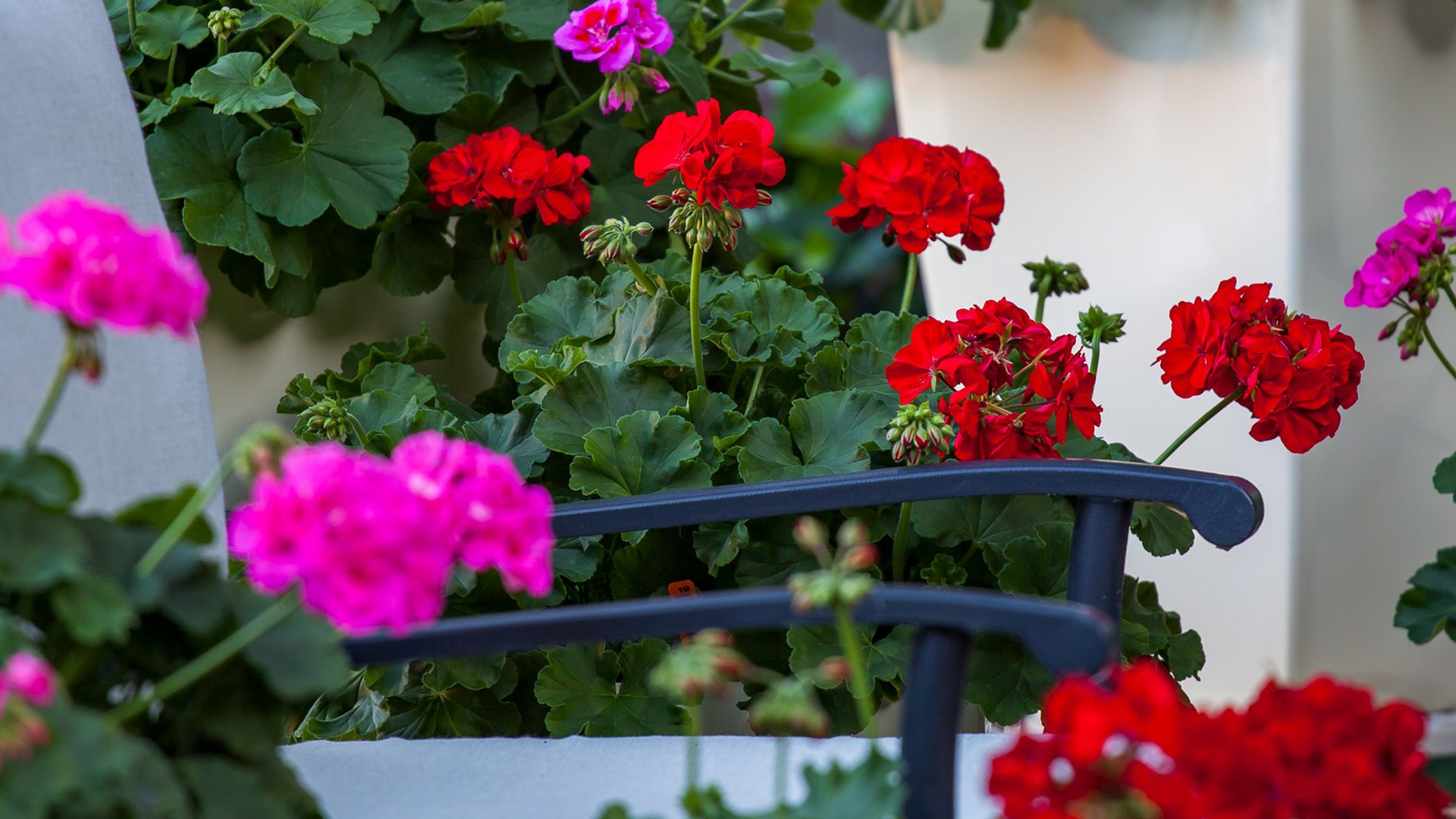
Science behind success
Syngenta's approach to these challenges relies on data-driven development. "We lean heavily into providing technical data and using data to back up our marketing messages," Carlson says. "Because inherently our industry is very scientific, it is very technical."
The company conducts extensive trials to demonstrate incremental improvements—faster flowering, larger blooms, or enhanced garden performance. This data becomes crucial for professional growers who need quantifiable differences to justify variety changes.
Development timelines underscore the strategic challenge. For example, the Calliope geranium series exemplifies both potential and difficulty: it took 14 years of breeding for the Calliope Deep Red variety to come to market. The variety represents a cross between a zonal geranium and an ivy geranium.
"Many people may not know that it can take years and years to bring products to market. In the breeding realm its trialing, its creativity, its science, but it's also just patience and time,” says Diane Blazek, Executive Director at All-America Selections and National Garden Bureau, organizations that test and promote new plant varieties to consumers.
These long development cycles make trend-chasing risky in an industry where consumer preferences can shift faster than breeding programs can adapt. Yet they also create competitive advantages for companies with the resources and commitment to sustain long-term research programs.
The Calliope geranium series took 14 years of breeding for the Deep Red variety to come to market.
The Calliope geranium series took 14 years of breeding for the Deep Red variety to come to market.
Building on legacy
The industry's adaptation is particularly visible at the Gilroy site where it all began. In 2008, Goldsmith Seeds was acquired by Syngenta, which maintained the site's prominence in horticulture while bringing additional resources and global reach. This reflects broader industry consolidation as companies seek the scale necessary for long-term breeding programs and climate adaptation research.
In 2008, Goldsmith Seeds was acquired by Syngenta, which maintained the site's prominence in horticulture while bringing additional resources and global reach.
In 2008, Goldsmith Seeds was acquired by Syngenta, which maintained the site's prominence in horticulture while bringing additional resources and global reach.
This year's CAST maintained Goldsmith's original vision of connecting breeders with customers, but the execution reflected an industry learning to serve urbanizing, digitally native consumers while maintaining the reliability that built its traditional base. The event showcased how the industry is navigating the challenge of balancing efficiency demands from large retail customers with personalization expectations from younger consumers.
And yet, success still depends on varieties that perform consistently across different skill levels and growing conditions—a similar challenge to what Glenn Goldsmith faced when he first opened his greenhouse doors nearly 60 years ago.
This year, Syngenta is celebrating its 25th anniversary. We are proud of our continuous innovation and contribution to the food system over the past quarter century. Check out more of our stories about innovation.
This year, Syngenta is celebrating its 25th anniversary. We are proud of our continuous innovation and contribution to the food system over the past quarter century. Check out more of our stories about innovation.

